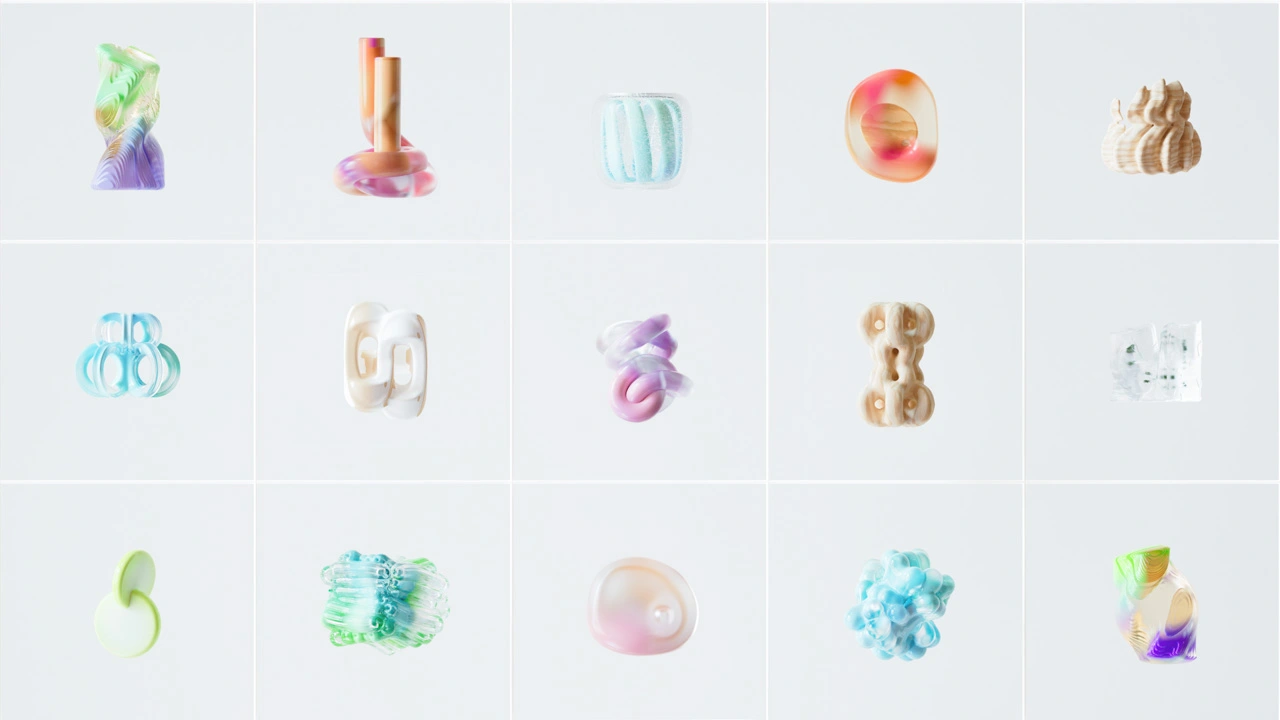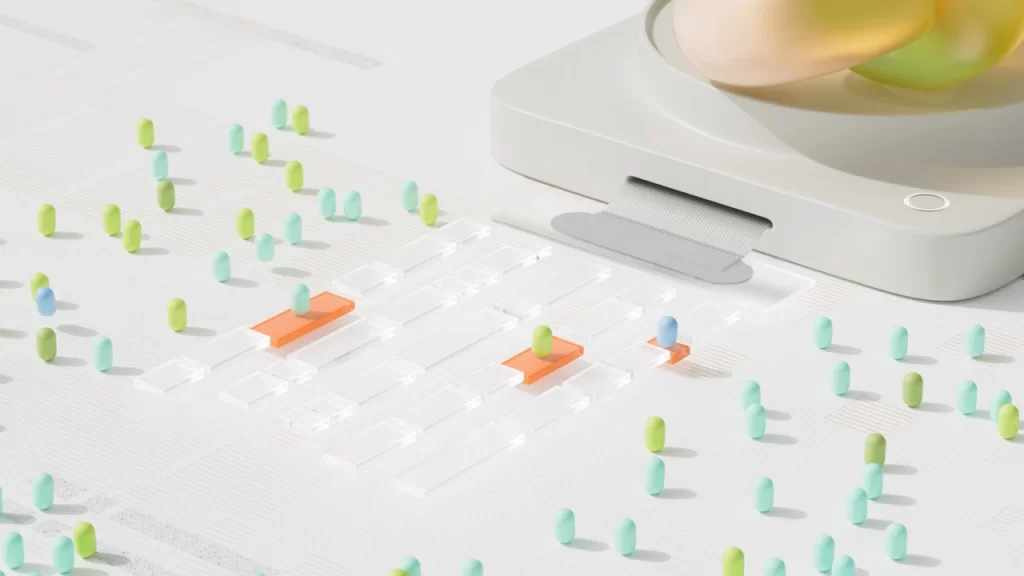Aesthetic Versatility of Fabric Acoustic Panels in Interior Design

Integrating Acoustic Solutions with Design
Fabric acoustic panels have become integral in interior design, offering not only sound management but also aesthetic enhancement. Their versatility allows them to be seamlessly integrated into various design styles, making them a preferred choice for architects and interior designers. This article explores the aesthetic versatility of fabric acoustic panels, emphasising their role in creating visually appealing and acoustically optimised spaces.

Customisation and Design Flexibility
Variety of Textures and Colors
One of the key advantages of fabric acoustic panels is the wide range of textures and colours available. These panels can be customised to match any interior design scheme, from vibrant and bold colours to subtle and neutral tones. Textures can range from smooth and sleek to rough and tactile, providing designers with numerous options to create the desired visual impact².
Patterns and Prints
Fabric acoustic panels can feature various patterns and prints, adding a unique element to the design. Digital printing technology allows for high-quality images and patterns to be printed directly onto the fabric, offering endless customisation possibilities. This feature enables designers to incorporate logos, artwork, or intricate patterns that align with the overall design theme³.
Shapes and Sizes
The flexibility in shapes and sizes further enhances the aesthetic versatility of fabric acoustic panels. Panels can be cut into various geometric shapes or custom designs, allowing for creative arrangements on walls and ceilings. This adaptability ensures that the panels can fit into any space, regardless of size or layout, while also serving as decorative elements⁴.

Applications in Different Interior Settings
Corporate Offices
In corporate offices, fabric acoustic panels contribute to a professional yet visually appealing environment. They can be used to create feature walls or partition spaces, enhancing both the acoustics and aesthetics. Custom branding through printed logos and corporate colours helps reinforce the company’s identity while improving the acoustic comfort for employees⁵.
Hospitality and Retail
The hospitality and retail sectors benefit from the aesthetic versatility of fabric acoustic panels to create inviting and stylish spaces. In hotels, restaurants, and retail stores, these panels can be designed to match the interior decor, adding to the ambiance while controlling noise levels. Decorative acoustic panels can serve as focal points, adding texture and interest to walls and ceilings⁶.
Residential Spaces
In residential settings, fabric acoustic panels offer homeowners the opportunity to improve their living environments without compromising on style. Panels can be customised to match the interior design of any room, from living rooms and home theatres to bedrooms and home offices. Their ability to blend functionality with aesthetics makes them an attractive option for home interiors⁷.
Sustainability and Eco-Friendly Options
Recycled and Natural Materials
Many fabric acoustic panels are now made from recycled and natural materials, catering to the growing demand for sustainable design solutions. Recycled polyester from plastic bottles and natural fibres like wool and hemp are commonly used, reducing the environmental impact while providing excellent acoustic performance⁸.
Low VOC Emissions
Fabrics with low volatile organic compound (VOC) emissions contribute to healthier indoor air quality. These eco-friendly options are especially important in settings such as schools, healthcare facilities, and homes, where occupants’ health is a priority. Certifications like GREENGUARD and OEKO-TEX ensure that the fabrics meet stringent environmental and safety standards⁹.
Future Trends in Fabric Acoustic Panels
Technological Integration
The future of fabric acoustic panels lies in the integration of technology. Smart fabrics that can change color or pattern in response to environmental changes, or that integrate lighting elements, offer exciting possibilities for dynamic and interactive interior designs. These innovations will further enhance the aesthetic and functional versatility of acoustic panels¹⁰.
Biophilic Design
Incorporating natural elements into interior spaces is a growing trend, known as biophilic design. Fabric acoustic panels can be designed to mimic natural textures and patterns, such as wood grains or foliage, creating a connection with nature while improving acoustics. This approach not only enhances the visual appeal but also promotes well-being and productivity in indoor environments¹¹.

References
- Arau-Puchades, H. (1999). Acoustics and absorbers: Porous materials. Journal of Sound and Vibration, 220(4), 925-938.
- Trevira CS. (2021). Trevira CS: Permanently flame retardant textiles.
- Woolmark. (2020). Wool and flame resistance.
- Fahy, F. J. (2000). Foundations of engineering acoustics. Academic Press.
- Blauert, J., & Xiang, N. (2008). Acoustics for engineers. Springer.
- Cox, T. J., & D’Antonio, P. (2009). Acoustic absorbers and diffusers: Theory, design and application. CRC Press.
- Malucelli, G., et al. (2014). Nano-coatings for flame retardancy of textiles. Progress in Organic Coatings, 77(6), 1074-1091.
- Bies, D. A., & Hansen, C. H. (2009). Engineering noise control: Theory and practice. CRC Press.
- Sriram, R., et al. (2018). Smart textiles for fire safety. Sensors and Actuators B: Chemical, 259, 1198-1204.
- Zannin, P. H. T., & Marcon, C. R. (2007). Environmental noise assessment in the city of Curitiba, Brazil. Journal of Environmental Management, 82(1), 1-10.
- Kellert, S. R., Heerwagen, J., & Mador, M. (2008). Biophilic design: The theory, science, and practice of bringing buildings to life. John Wiley & Sons.
Share